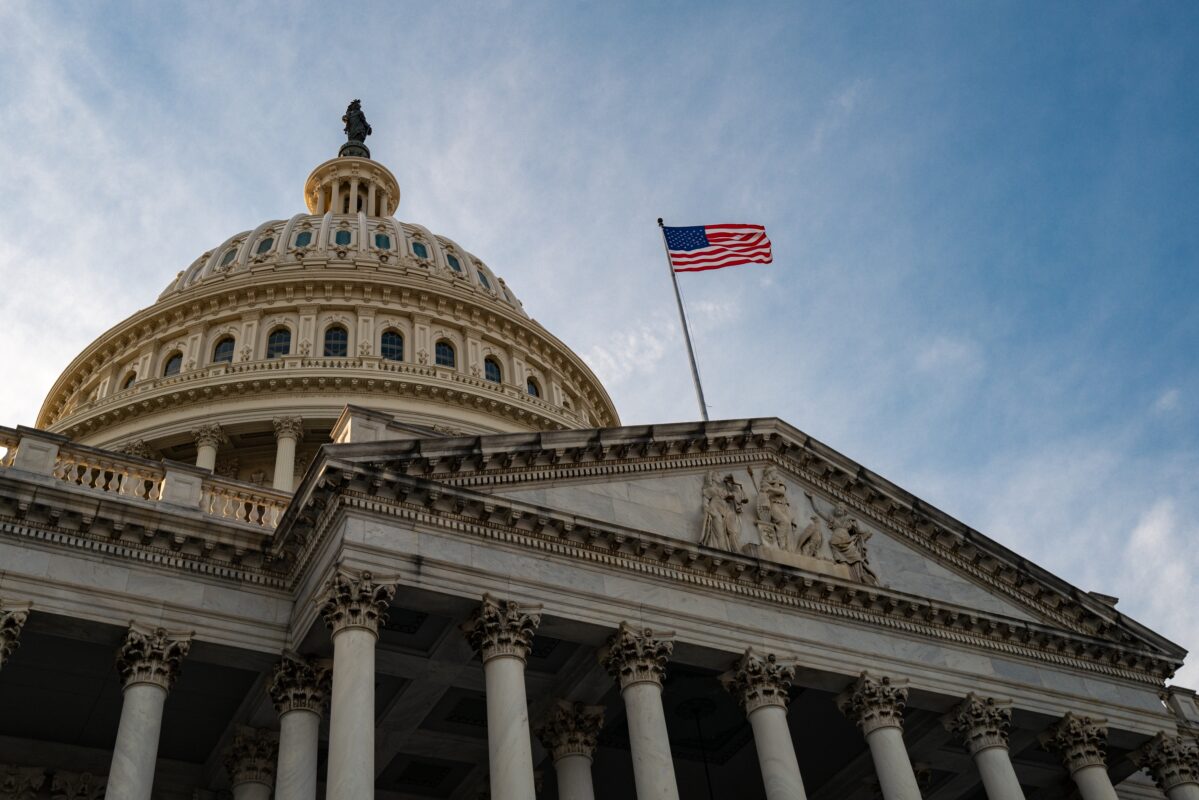The United States Government Accountability Office (GAO) released testimony on May 19 regarding their ongoing assessment of COVID-19 flexibilities within the Medicare and Medicaid programs, as required under federal pandemic response oversight provisions included the Coronavirus Aid, Relief, and Economic Security (CARES) Act.
While the GAO reported telehealth flexibilities as critical to reducing obstacles of care, they also stressed considering its potential to increase program expenditures and stated that the quality of telehealth services has still not been fully analyzed.
GAO testimony highlighted Centers for Medicare and Medicaid Services (CMS) data on recent telehealth utilization:
- Medicare telehealth services increased from 325,000 services in mid-March 2020 to 1.9 million in late-April 2020; then decreased to 1.3 million by June as it continued to steadily drop.
- Nearly 40 percent of beneficiaries received office visits through telehealth; nearly 60 percent received mental health services via telehealth.
- Internists and family practitioners were the primary provider specialties using telehealth, through which they delivered one-quarter of their services.
- Eighty-nine of the 146 newly available types of telehealth services could be furnished via landline phones.
- More beneficiaries under age 65 received services via telehealth than those over age 65.
- More beneficiaries in urban areas received services via telehealth than those in rural areas.
- Similar proportions of beneficiaries across all racial and ethnic groups received services via telehealth.
Recent Posts
Academy Files Rulemaking Petition to Restore ABA Language in VA Regulations
Earlier last year, the Virginia Board of Audiology and Speech-Language Pathology finalized regulatory changes intended to streamline licensure by removing direct ties between certification and…
Congress Needs to Hear From Audiologists on Student Loan Access
The Professional Student Degree Act, H.R. 6718, introduced by Representative Michael Lawler (R-NY), was introduced in mid-December. This bill reaffirms audiology’s status as a professional…
Why Wild Animals Don’t Have Floppy Ears
In 1959, a scientist began a domestication experiment with silver foxes. Critics believed the experiment was, at the very least, too ambitious (if not outright…


